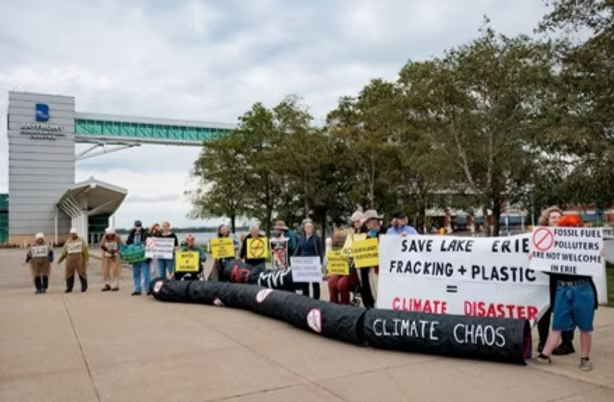On June 30, 2025, several major U.S. energy companies—including Williams, Boardwalk Pipeline, DT Midstream, and EQT—announced renewed plans to expand natural gas infrastructure from Appalachian shale fields (Marcellus and Utica) into the Northeast. This revival is supported by the Trump administration’s ongoing rollbacks of federal regulations, designed to expedite permitting for energy projects. The region, still reliant on costly heating oil, faces supply constraints due to existing pipeline capacity being near saturation. With demand rising—driven by LNG exports and data center growth—these companies propose adding up to 5 billion cubic feet per day (bcfd) of takeaway capacity by 2030.
Proponents argue that the expansion could alleviate winter heating costs for millions of households, reduce reliance on oil, and strengthen energy reliability across the region. Williams is actively resurrecting the shelved Constitution and Northeast Supply Enhancement pipelines, while others like Millennium, EQT, and Boardwalk are exploring complementary extensions such as Mountain Valley, Southgate, and Borealis.
These projects aim to unlock Appalachian gas output and facilitate economic development, especially in underserved areas. However, the expansions face growing resistance from environmental groups and local communities concerned about climate impact, water quality, and land disruption. Groups like the Sierra Club are challenging renewed permitting efforts, warning that new fossil infrastructure undermines long-term decarbonization goals. This friction highlights a pressing reality for energy developers: securing legal permits isn’t enough—projects must also earn the social license to operate. Without transparent engagement, impact assessments, and community benefits, these pipelines risk delays, litigation, and reputational damage alongside traditional regulatory hurdles.

